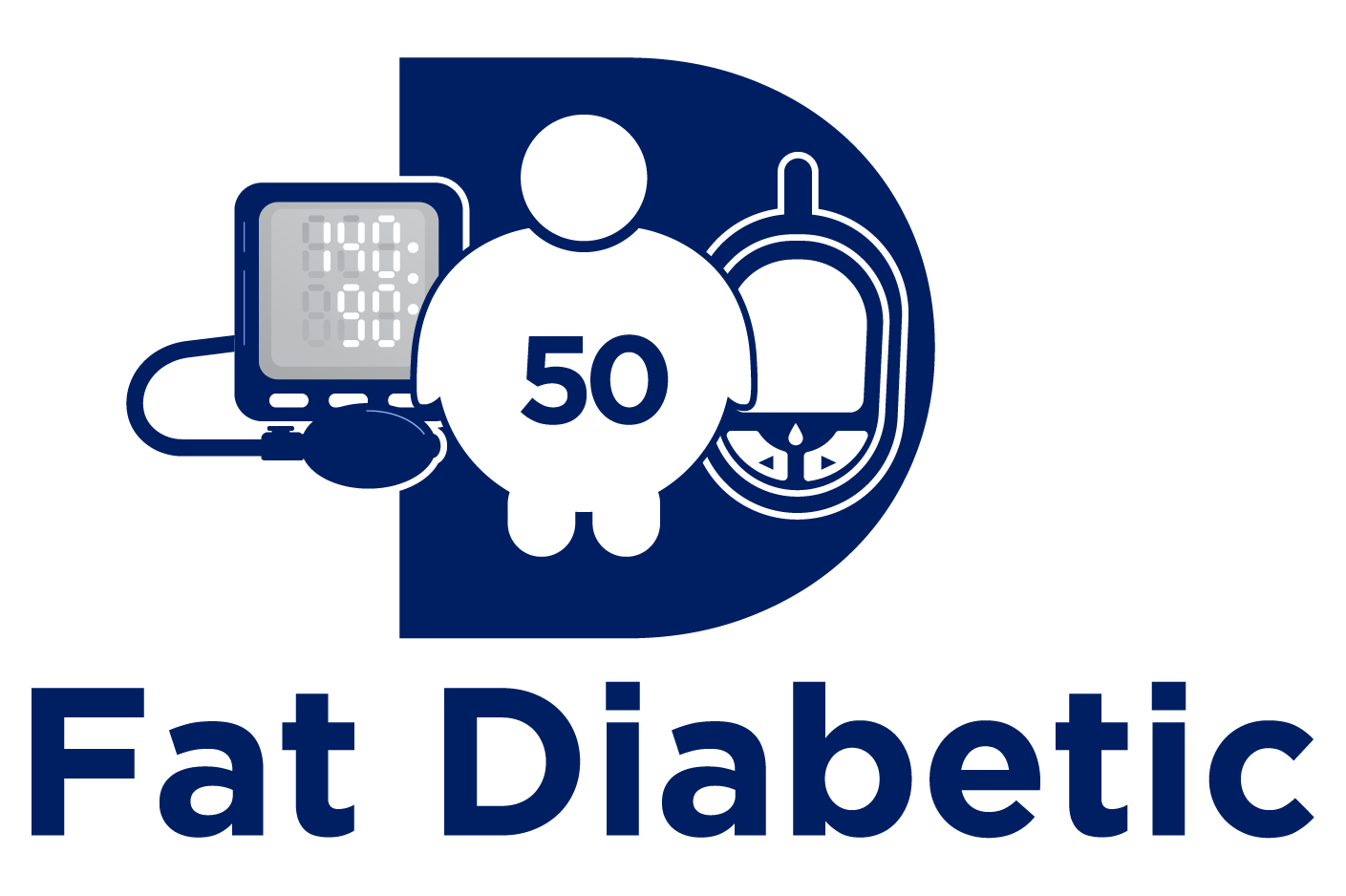A Comprehensive Guide for Patients
Introduction
Pre-diabetes is a condition where blood sugar levels are higher than normal but not high enough to be classified as diabetes. Without intervention, pre-diabetes can progress to type 2 diabetes, which can lead to serious health complications, including cardiovascular disease. This paper aims to provide a comprehensive overview of the clinical conditions and laboratory tests that indicate the transition from pre-diabetes to type 2 diabetes and associated cardiovascular complications.
Clinical Conditions Leading to Type 2 Diabetes and Cardiovascular Complications
Several clinical conditions can lead to the progression from pre-diabetes to type 2 diabetes and increase the risk of cardiovascular complications. Below is a comprehensive list of these conditions, along with descriptions and how they contribute to this transition.
Insulin Resistance
Definition: Insulin resistance occurs when the body’s cells do not respond properly to insulin, a hormone that regulates blood sugar levels.
Impact: Insulin resistance can lead to high blood sugar levels, increased blood pressure, abnormal lipid levels, peripheral edema (swelling), and proteinuria (protein in urine).
Diagnosis: Insulin resistance is often diagnosed through blood tests measuring fasting insulin levels and blood sugar levels.
Hypertension (High Blood Pressure)
Definition: Hypertension is a condition where blood pressure in the arteries is consistently too high.
Impact: When combined with insulin resistance, it becomes a more severe form of hypertension than essential hypertension (high blood pressure not caused by another condition). This combination increases the risk of cardiovascular disease.
Diagnosis: Blood pressure is measured using a cuff placed around the arm. Readings consistently above 130/80 mm Hg indicate hypertension.
Abnormal Lipids (Dyslipidemia)
Definition: Dyslipidemia refers to abnormal levels of lipids (fats) in the blood, such as cholesterol and triglycerides.
Impact: Insulin resistance can cause high levels of LDL (bad cholesterol), low levels of HDL (good cholesterol), and high triglycerides, increasing the risk of heart disease.
Diagnosis: Blood tests measure lipid levels, including LDL, HDL, and triglycerides.
Peripheral Edema
Definition: Peripheral edema is swelling of the lower limbs caused by fluid retention.
Impact: Insulin resistance can lead to fluid retention and swelling, indicating poor blood circulation and kidney function.
Diagnosis: Physical examination and tests to measure kidney function and fluid balance.
Proteinuria
Definition: Proteinuria is the presence of excess protein in the urine.
Impact: Insulin resistance can damage the kidneys, leading to protein leakage into the urine, a sign of kidney disease.
Diagnosis: Urine tests measure protein levels.
Erectile Dysfunction
Definition: Erectile dysfunction is the inability to achieve or maintain an erection suitable for sexual intercourse.
Impact: It can be an early sign of cardiovascular disease and is often linked to insulin resistance and high blood pressure.
Diagnosis: Diagnosis involves physical examinations, medical history, and tests to identify underlying conditions.
Skin Tags
Definition: Skin tags are small, benign growths on the skin.
Impact: Skin tags are associated with insulin resistance and may indicate an increased risk of diabetes and cardiovascular disease.
Diagnosis: Visual examination by a healthcare provider.
Hyperuricemia and Gout
Definition: Hyperuricemia is high levels of uric acid in the blood, which can lead to gout, a type of arthritis.
Impact: Insulin resistance can cause hyperuricemia and gout, indicating an increased risk of diabetes and heart disease.
Diagnosis: Blood tests measure uric acid levels, and joint fluid tests confirm gout.
Obstructive Sleep Apnea (OSA)
Definition: OSA is a condition where breathing stops and starts repeatedly during sleep.
Impact: OSA is linked to insulin resistance, high blood pressure, and cardiovascular disease.
Diagnosis: Sleep studies monitor breathing patterns, oxygen levels, and heart rate during sleep.
Non-Alcoholic Fatty Liver Disease (NAFLD)
Definition: NAFLD is the buildup of fat in the liver not caused by alcohol consumption.
Impact: Insulin resistance can lead to NAFLD, increasing the risk of liver disease and diabetes.
Diagnosis: Blood tests, imaging tests (ultrasound, MRI), and liver biopsy diagnose NAFLD.
Laboratory Tests Indicating the Transition
Several laboratory tests can indicate the transition from pre-diabetes to type 2 diabetes and assess the risk of cardiovascular complications.
A1C Test
Definition: The A1C test measures the average blood sugar levels over the past 2-3 months.
Diagnosis: An A1C level of 5.7% to 6.4% indicates pre-diabetes, while 6.5% or higher indicates diabetes.
Oral Glucose Tolerance Test (OGTT)
Definition: The OGTT measures the body’s ability to use glucose effectively.
Diagnosis: After fasting, a sugary drink is consumed, and blood sugar levels are measured before and two hours after drinking. It is the earliest diagnostic test for the conversion of pre-diabetes to type 2 diabetes. Blood sugar levels of 140 to 199 mg/dL after two hours indicate pre-diabetes, while 200 mg/dL or higher indicates diabetes.
Fasting Blood Glucose Test
Definition: The fasting blood glucose test measures blood sugar levels after an overnight fast.
Diagnosis: A fasting blood sugar level of 100 to 125 mg/dL indicates pre-diabetes, while 126 mg/dL or higher indicates diabetes.
Conclusion
Understanding the clinical conditions that lead to the progression from pre-diabetes to type 2 diabetes and cardiovascular complications is crucial for early detection and intervention. Insulin resistance plays a significant role in this transition, affecting blood pressure, lipid levels, fluid retention, and kidney function. By identifying and monitoring these conditions and utilizing laboratory tests such as the A1C, OGTT, and fasting blood glucose test, patients and healthcare providers can work together to prevent the onset of type 2 diabetes and reduce the risk of cardiovascular disease. Early diagnosis and management are key to maintaining health and preventing serious complications.

